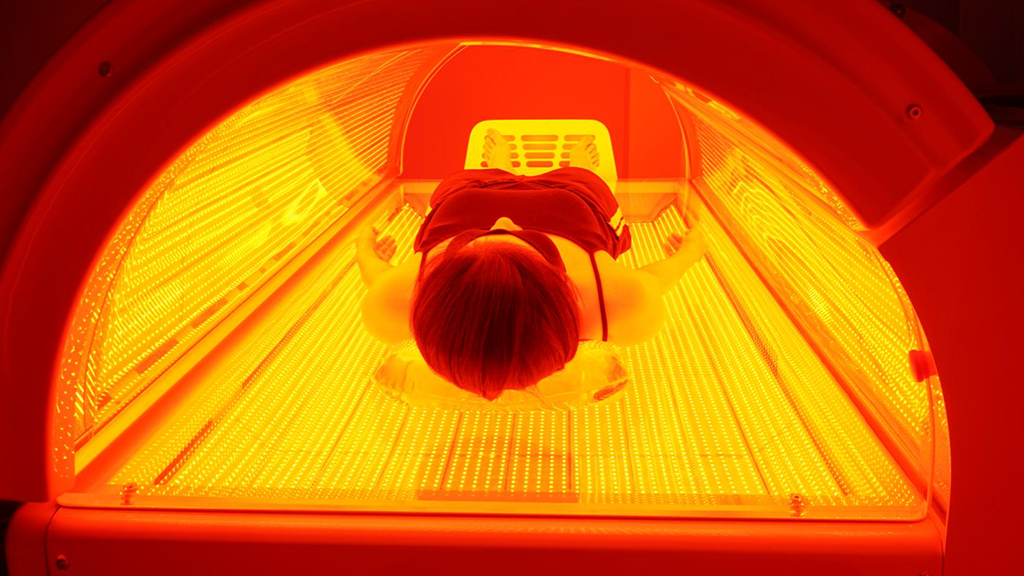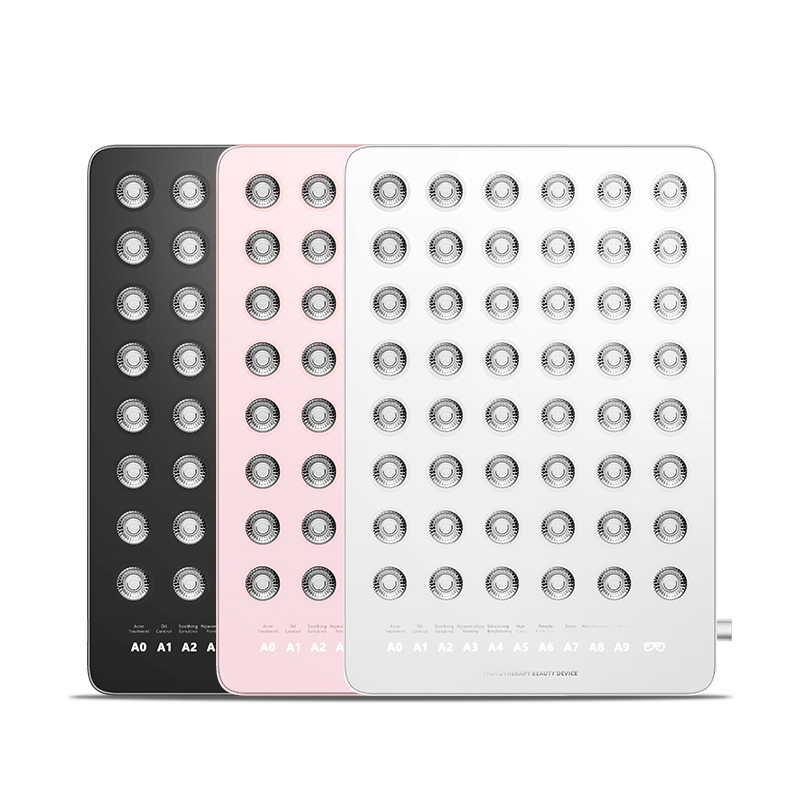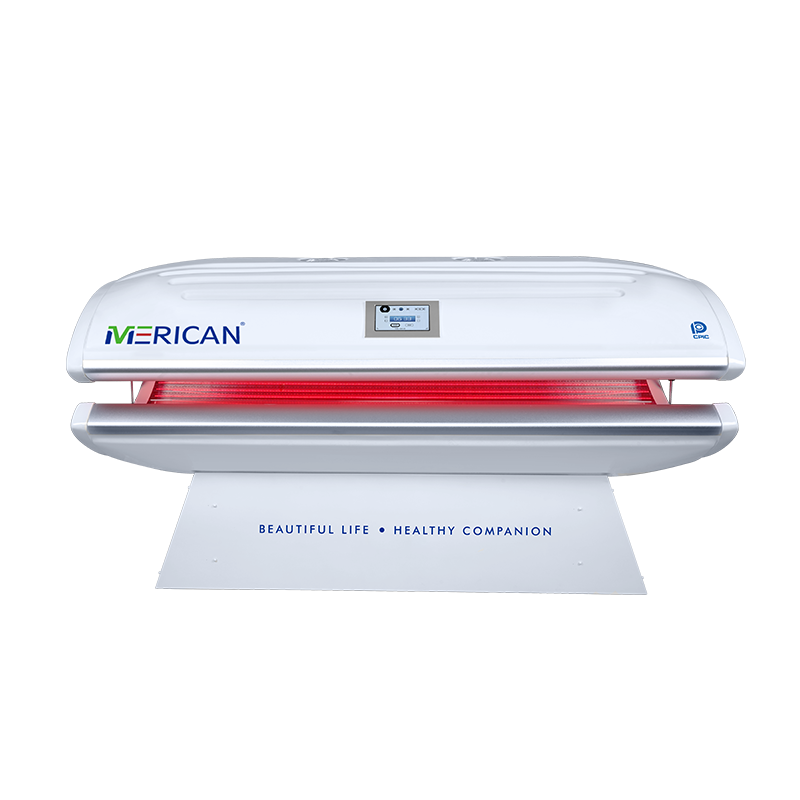No, red light therapy and tanning beds are not the same, and they serve very different purposes. Here’s a breakdown of the key differences:
1. Type of Light
- Tanning Beds: Tanning beds primarily use ultraviolet (UV) light, specifically UVA and UVB rays, to stimulate the skin’s production of melanin, which results in a tan. Prolonged UV exposure can increase the risk of skin damage, premature aging, and skin cancer.
- Red Light Therapy: Red light therapy uses low-wavelength red light (typically between 630–700 nm), which does not cause tanning or damage the skin. This light is designed to penetrate the skin’s surface and stimulate biological processes like collagen production, cellular repair, and wound healing.
2. Purpose
- Tanning Beds: The primary purpose of tanning beds is to tan the skin by promoting melanin production. UV rays in tanning beds stimulate pigmentation, darkening the skin. Some tanning beds also offer a combination of UV and red light for additional benefits like anti-aging or skin rejuvenation.
- Red Light Therapy: The goal of red light therapy is not to tan the skin but to promote skin health, reduce wrinkles, improve skin tone, aid in pain relief, and help with wound healing. It’s often used for therapeutic purposes such as improving circulation, reducing inflammation, and accelerating recovery from injuries.
3. Effect on the Skin
- Tanning Beds: Tanning beds expose the skin to UV radiation, which can cause damage over time, including premature aging (wrinkles, fine lines, and hyperpigmentation), increased risk of sunburn, and a higher risk of developing skin cancer (especially with excessive or unprotected use).
- Red Light Therapy: Red light therapy is generally considered safe for the skin and does not cause sunburn or tanning. Instead, it promotes healing, collagen production, and tissue repair. It’s commonly used to treat acne, scarring, and fine lines and is believed to have rejuvenating effects on the skin.
4. Risk
- Tanning Beds: Tanning beds come with significant health risks because they use UV light. Overexposure to UV rays increases the risk of skin cancer, especially melanoma, and can lead to premature aging of the skin. Tanning beds are generally not recommended by dermatologists.
- Red Light Therapy: Red light therapy is considered safe, with very low risks of side effects when used properly. It doesn’t carry the same risks as UV exposure, and most people can use red light therapy without significant issues. However, some people may experience minor side effects like mild redness or irritation, particularly if used for too long.
5. Duration and Frequency
- Tanning Beds: Sessions in a tanning bed can last from 5 to 20 minutes, depending on the type of bed and the intensity of the UV rays. Overuse can result in skin damage.
- Red Light Therapy: Red light therapy sessions typically last from 5 to 20 minutes as well, depending on the device and intended treatment area. For optimal results, sessions are often done several times per week over a period of time.
In Summary:
- Tanning beds use UV light to tan the skin, which comes with risks such as skin damage, aging, and cancer.
- Red light therapy uses non-UV red light for skin rejuvenation, healing, and other therapeutic benefits, with no tanning or harmful side effects.
If your goal is to tan, you’ll need to use a tanning bed with UV light. If you’re looking for skin healing, anti-aging, or pain relief, then red light therapy is the right option.


























